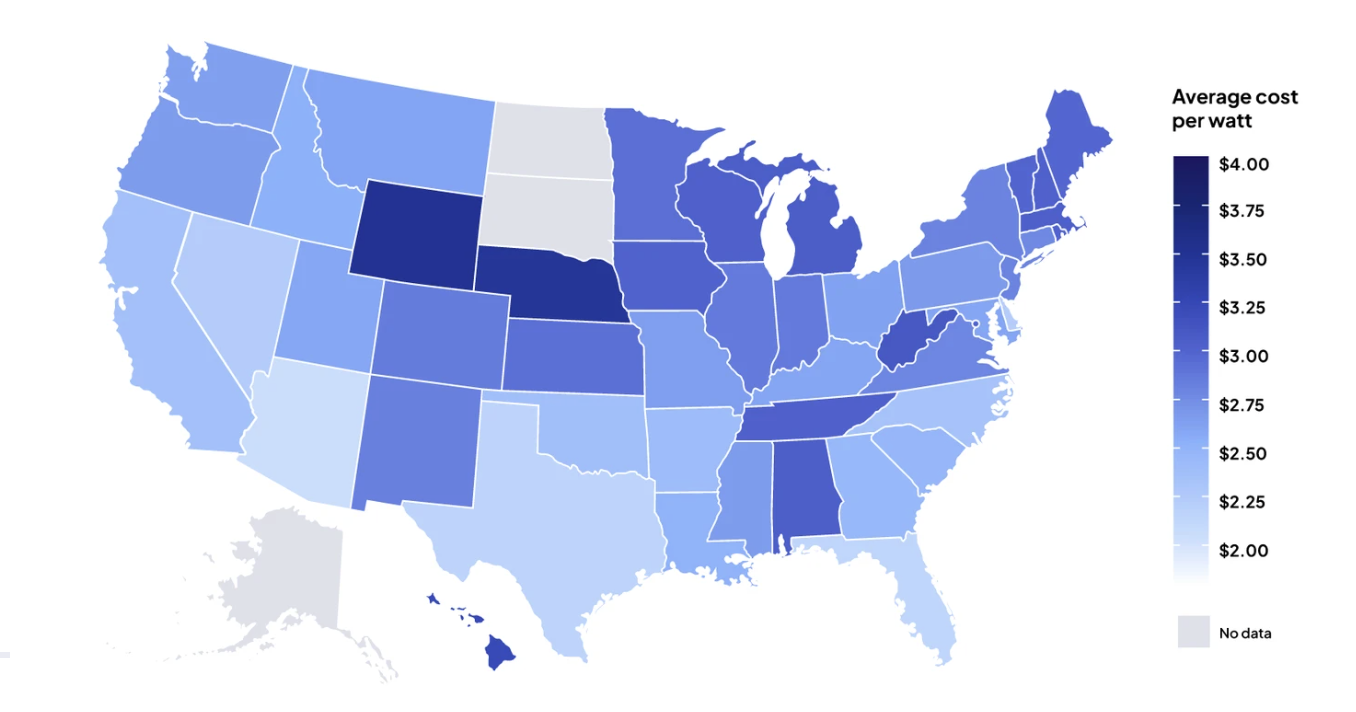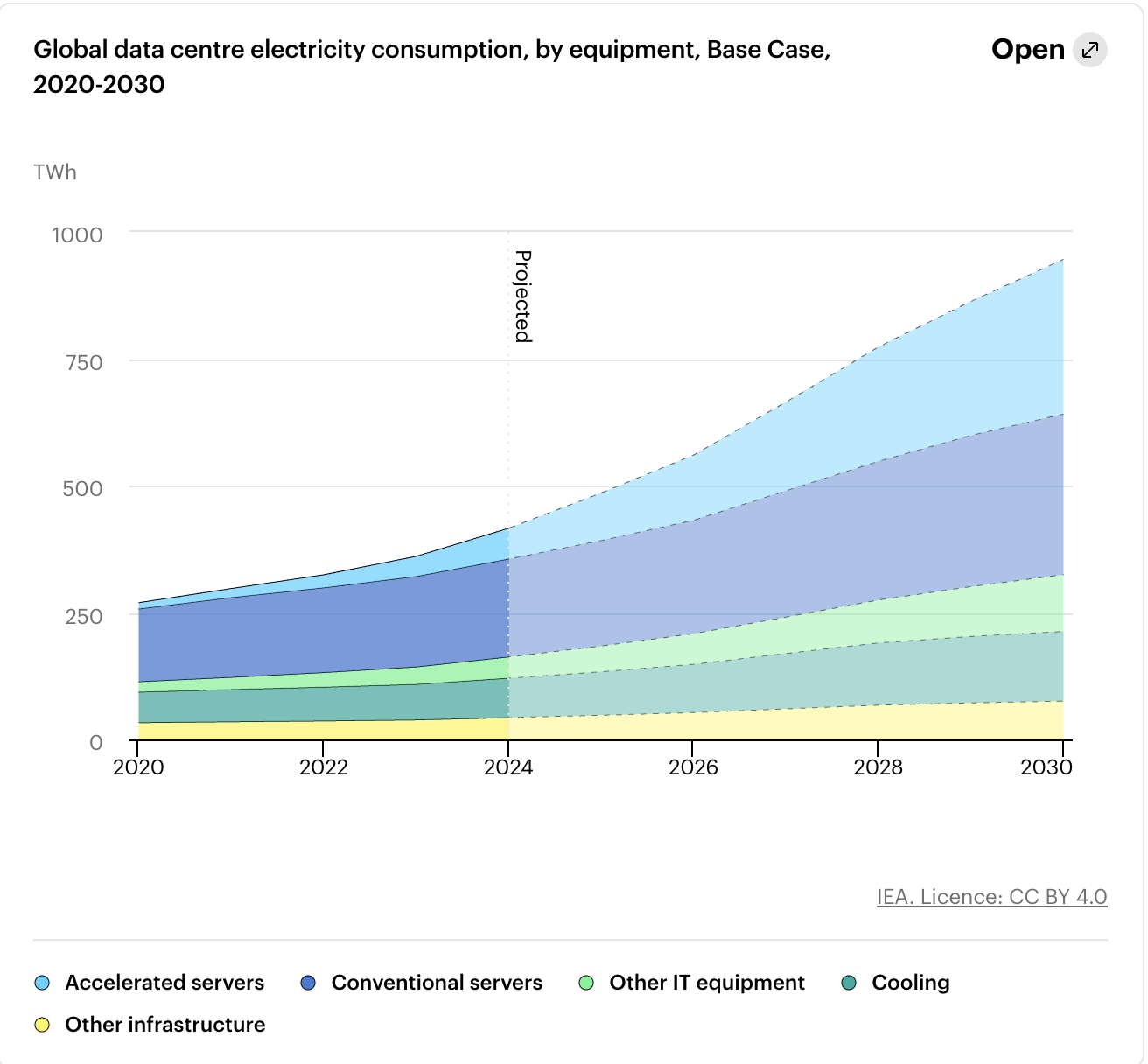Daylight DePIN solar network is a subscription-based distributed solar grid that raised $75 million to extend U.S. coverage. It removes the typical $30,000+ upfront cost of panels and batteries, rewards customers with “sun points” for shared generation, and plans a token to share revenues.
-
$75M funding raised to scale distributed solar coverage across the United States
-
Subscription model removes the high upfront cost of panels and batteries and shares revenue via “sun points”
-
Testnet live in 2024; investors include Framework Ventures, a16z Crypto, Lerer Hippeau and others; energy and AI demand cited by Bloomberg and IEA
Daylight DePIN solar network raises $75M to expand U.S. distributed solar, removes $30k upfront costs with subscription plans — learn to join and earn sun points.
By COINOTAG — Published: 2025-10-16 · Updated: 2025-10-16
What is Daylight’s DePIN solar network?
Daylight DePIN solar network is a decentralized physical infrastructure network offering distributed solar as a subscription service that removes the large upfront expense of buying and installing panels and batteries. The project raised $75 million to scale U.S. coverage and ran a public testnet in 2024 to validate its hardware and billing model.
Daylight removes the high upfront cost of installing solar panels and batteries, which has impeded the adoption of solar energy.
Daylight, a decentralized physical infrastructure network (DePIN) project focused on creating a distributed solar energy grid, has raised $75 million to expand its network of solar coverage in the United States.
Daylight offers solar power as a subscription-based service to customers, removing the high upfront cost of purchasing and installing panels and batteries, which can cost consumers over $30,000. The project’s testnet went live in 2024.
The network generates revenue through its subscription-based energy service and by feeding excess energy back to the power grid. Customers share in the revenues by earning “sun points” for contributing to the decentralized solar grid, with plans to introduce a token in the future.
The funding round includes venture capital firms Framework Ventures, a16z Crypto, Lerer Hippeau, M13, Room40 Ventures, EV3 and Turtle Hill Capital, according to an announcement from Daylight.

Average cost of solar per kilowatt hour for each state in the United States. Source: EnergySage
DePINs showcase how decentralized technology can have real-world use cases through aligning customer and business incentives to create robust community-owned infrastructure that parallels the centralized, legacy system.
Related: SEC clears DePIN tokens as ‘fundamentally’ outside jurisdiction (plain text reference)
How does Daylight’s subscription model work and generate revenue?
Daylight bundles hardware deployment, operations and billing into a subscription product. Customers pay a monthly fee for solar power delivered on-site. The network monetizes in two principal ways: ongoing subscription revenue and utility-style compensation when excess generation is sold back to the grid. Subscribers earn “sun points” as a measurable share of the network’s distributed output, which Daylight plans to convert into a tradable token in future phases.
Testnet results in 2024 focused on uptime, metering accuracy and revenue-share calculations. The company’s stated goal is to lower customer acquisition friction by eliminating a typical six-figure household investment threshold and migrating costs to an operational expense model. Publicly reported investor participation includes Framework Ventures, a16z Crypto, Lerer Hippeau, M13, Room40 Ventures, EV3 and Turtle Hill Capital.
The current energy grid and high-performance computing demand
Artificial intelligence data centers and other high-performance computing facilities such as crypto miners require significant energy input, which places strain on the power grid. That increased demand can raise costs for nearby consumers and alter regional wholesale markets.
Wholesale energy prices in proximity to data centers have surged by approximately 267% since 2020, according to Bloomberg (plain text reference). Energy demand for AI data centers is projected to continue rising throughout the remainder of the decade, per International Energy Agency (IEA) projections (plain text reference).

Energy demand for AI data centers is projected to continue surging throughout 2030. Source: IEA
Decentralizing both energy and compute can reduce load on legacy grids. Experts in decentralized compute markets have argued that once incentives are aligned, distributed computing and distributed energy resources can scale rapidly. Greg Osuri, founder of Akash Network, commented that “once incentives are figured out, this will take off like mining did” (plain text quote).
Frequently Asked Questions
How can homeowners participate in Daylight’s distributed solar grid?
Homeowners participate by subscribing to Daylight’s service and allowing installed panels or networked inverters to meter generation. Subscribers pay a monthly fee rather than a large upfront cost and earn “sun points” representing their share of exported energy revenue. The testnet in 2024 validated billing and meter accuracy for this model.
Is Daylight’s solar subscription cheaper than buying panels?
Yes. For many homeowners, Daylight’s subscription eliminates the $30,000+ upfront installation cost and converts it into predictable monthly payments. The exact savings depend on local electricity rates, incentives and export compensation, but the subscription model lowers initial financial barriers.
Key Takeaways
- Funding and scale: Daylight raised $75 million from prominent crypto and venture investors to scale U.S. distributed solar deployments.
- Business model: Subscription fees plus grid export revenues are the primary revenue streams; customers earn “sun points” and a future token is planned.
- System impact: Distributed solar via DePINs can reduce grid strain from AI and high-performance computing demand and offer homeowners a lower-cost entry point to clean energy.
Conclusion
Daylight’s DePIN solar network demonstrates how decentralized infrastructure can lower adoption barriers for residential solar while creating a revenue-sharing model for participants. With $75 million in new capital and a live testnet, Daylight aims to scale distributed solar across the U.S., align incentives for customers and operators, and help relieve grid pressure as AI and compute demand rises. For ongoing coverage and updates, follow COINOTAG’s reporting on distributed energy and DePIN developments.
